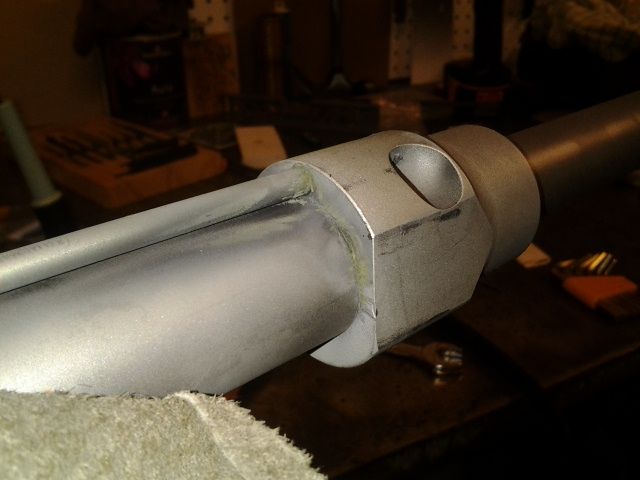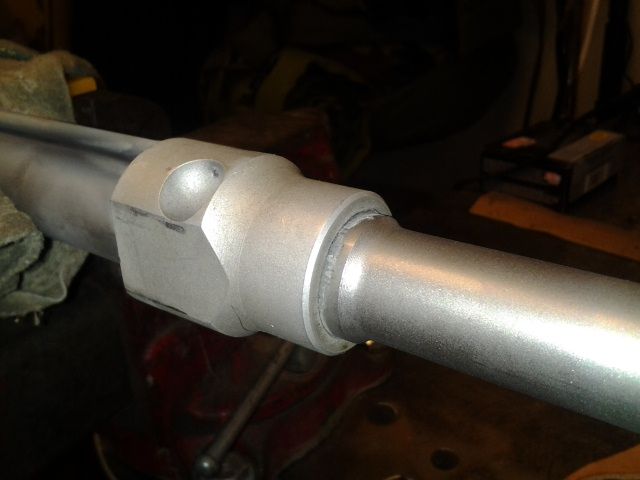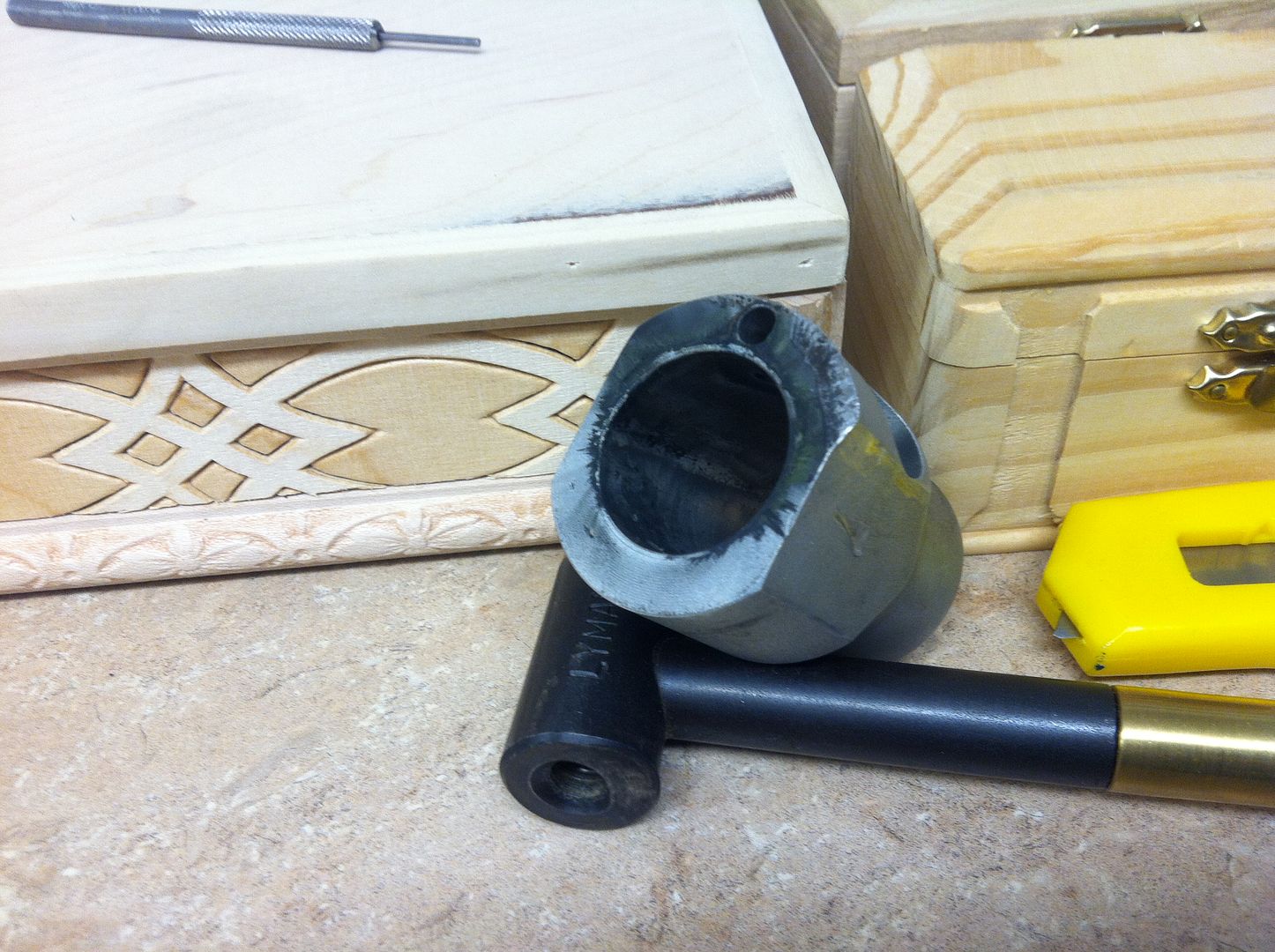OP, Lysander hit the nail on the head. However, if it bothers you, AND if you have a hydraulic press to get the gas block off later if you need to, you can disassemble and apply green loctite 620 sleeve retaining compound between the circumference of the gas block journal and the gas block.
A) you likely won't even need a pin or set screws (but still use them) and B) you will have ZERO gas leakage.
I can't emphasize enough that this should be basically considered permanent. It's an absolute bitch to remove.
But my barrel is so pretty now...
"That thing looks about as enjoyable as a bowl of exploding dicks." - Magic_Salad0892
"The body cannot go where the mind has not already been."



 Reply With Quote
Reply With Quote









Bookmarks